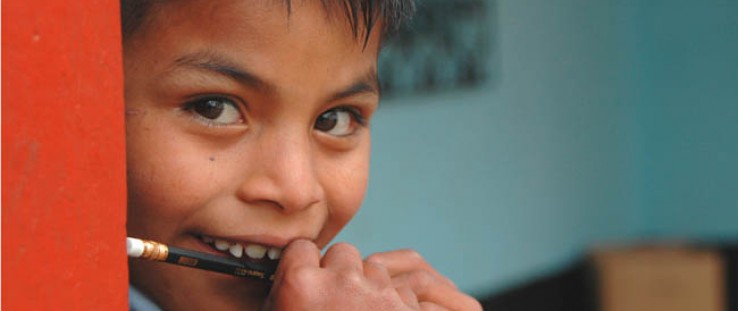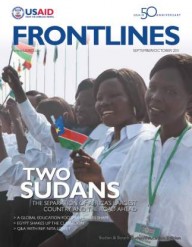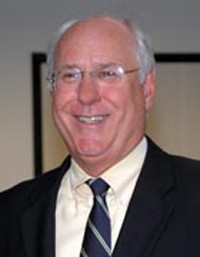 A young student at his school in Santa Cruz del Quiché in Quiché, Guatemala. USAID works with the country's Ministry of Education to improve educational quality, particularly for rural, indigenous students.
Hugo González, ACME Producciones
A young student at his school in Santa Cruz del Quiché in Quiché, Guatemala. USAID works with the country's Ministry of Education to improve educational quality, particularly for rural, indigenous students.
Hugo González, ACME Producciones
 A young student at his school in Santa Cruz del Quiché in Quiché, Guatemala. USAID works with the country's Ministry of Education to improve educational quality, particularly for rural, indigenous students.
Hugo González, ACME Producciones
A young student at his school in Santa Cruz del Quiché in Quiché, Guatemala. USAID works with the country's Ministry of Education to improve educational quality, particularly for rural, indigenous students.
Hugo González, ACME Producciones
After 30 years at USAID, one gets the opportunity to participate in dozens of incredible ventures. But it is my newest role as director of education for which I have the highest hopes.
With USAID’s 50th anniversary soon approaching, it is exciting to look back at all of the amazing education programs that have been completed, and even more exciting to look forward to the ones we have planned.
The ability to change a life through education is one of the most critical skills that USAID can support. Reading is the single most important skill in early education and provides a child with an opening to a world of knowledge and greater economic and developmental opportunities. Education doesn’t stop with literacy: preparing our students for success in the workforce is equally important, as is ensuring that everyone, even those in remote parts of the world or places affected by conflict, have access to education.
In fact, these three ideas—literacy, workforce development, and access to education for all—are the three goals of USAID’s new Education Strategy [PDF]. I am proud of the strategy and the hard work done by USAID’s education staff across the Agency who made it come to life. The strategy provides us with three critical goals with measurable deliverables expected by 2015. My focus, and that of all the USAID education community, will be to reach these goals.
Additionally, the upcoming launch of the Education Grand Challenge and the Mobiles for Education Coalition, are two new critical USAID programs that will challenge us to innovate, coordinate, and champion education at USAID.
We will also be concentrating on the creation of an Education Community of Practice both inside USAID and through external opportunities, linking us closer to the global education community, enabling us to work smarter and more effectively with other donors, the private sector, governments, higher education, education NGOs, implementers, students, teachers, parents and others to create a community that stimulates thought-leadership, that celebrates innovation, that creates sustainable solutions, and that ultimately helps us reach the ambitious goals we have set for education.
This edition of FrontLines was an excellent opportunity for us to showcase just a few of the projects and activities that highlight our new strategy, where it will lead us, and the lives we are impacting along the way. Some of the topics include higher education, mobile technology, and school safety.
For Goal 1, increasing literacy and reading of 100 million children in primary school by 2015, we look at early grade reading in Egypt and Nicaragua.
For Goal 2, workforce development and higher education, we explore projects in El Salvador, Algeria, and Mexico.
For Goal 3, ensuring access to education in conflict and crisis countries, we highlight work in South Sudan. Don’t miss the amazing additional articles on education available in the online edition of FrontLines, including articles on: Green Schools in Kosovo, workforce skills-building programs in Armenia and Macedonia, and overcoming disabilities in Uganda.Thanks for taking the time to engage in education!










Comment
Make a general inquiry or suggest an improvement.